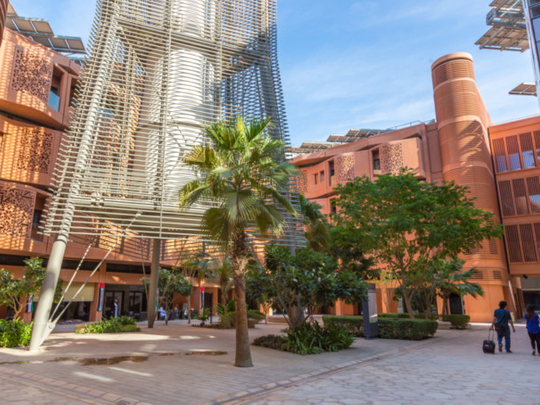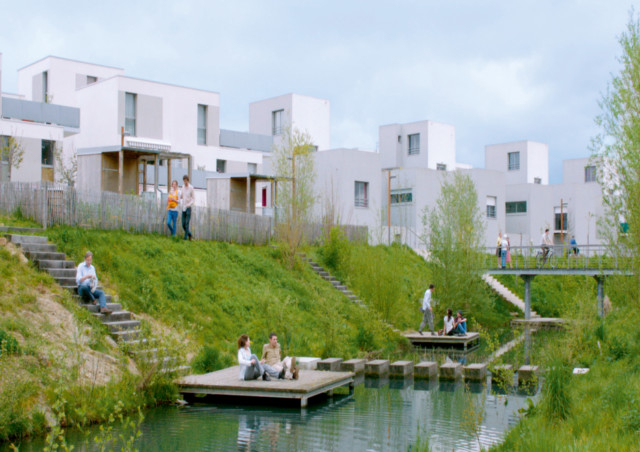
Most people spend a large part of their time indoors. Around 85-90 per cent of the time, we are either in the office, at home or in a store. It stands to reason that indoor spaces have a huge impact on our sense of well-being. A house that serves these needs is an important constant quest. Additionally, many homeowners are becoming more concerned about reducing their carbon footprint. But how can you have a house that delivers optimum comfort, contributes to mental and physical wellness, while being eco-friendly?
One of the dynamic developments in this space has been French company Saint-Gobain’s multi-comfort house, an energy-efficient concept house that promotes the holistic well-being of inhabitants by delivering on four dimensions of comfort — thermal, acoustic, light and air quality.
Launched recently in Abu Dhabi, the pilot project in Masdar City is the first-of-its kind in the region and is set for completion in 2019. However, the concept is not new to Saint-Gobain, a 350-year-old leader in innovative habitat construction and materials science.
Developed first in 2004, the multi-comfort concept has led to the construction of 18 multi-comfort house models around the world. The concept is a result of years of research and inputs from architects and engineers on how to achieve a healthier indoor home environment that contributes to an enhanced quality of life for individuals.
“Focused on the philosophy of innovation, Saint Gobain has fashioned this concept to address the distinctive needs of individuals in their own habitat,” says Gabriel Nassar, GCC managing director of Saint-Gobain Weber. “Our multi-comfort house is a showcase of our state-of-the-art capabilities and years of experience, knowledge and research in sustainable living.”
The company says consumers can look forward to enhanced comfort, reduced energy bills and a heightened “feel-good” factor of being part of an ecologically responsible global movement that helps reduce carbon footprint. The energy-efficient house will be fully adapted to the arid conditions of the UAE to reduce heat absorption and increase cooling. From glass exterior cladding or gypsum partitioning, to innovative flooring and ceiling, the house will produce more energy than it consumes through clever use of materials and construction methods.
The solution works on preset industry standards for comfort, from metrics for ideal temperature (hot/cold), sound (decibel levels), lighting and quality of air, established in consultation with leading architects and habitat experts from around the world. Using sensors to detect the levels of a particular parameter, apps in the house can then highlight ideal levels as per standards for a particular space (see box).
Benefits
Saint Gobain claims there is minimal risk to end users as the concept has been tried and tested in several pilot projects around the globe, and is constantly evolving using real-time feedback from users. The benefits, meanwhile, are manifold.
* Economical. Surprisingly, compared with traditional houses, multi-comfort houses do not cost much more to design and build. Plus, the savings and benefits start immediately, delivering improved quality of life, productivity, energy efficiency and lower costs.
* Flexible. The concept can be applied to any type of building or house, across geographies, climate and purpose.
* Feel-good factor. Multi-comfort houses empower consumers and end users to become actively involved in reducing and controlling their carbon footprint, leading to a sense fulfilment.
* Sustainable. Multi-comfort buildings use less energy and resources and generate less pollution and waste.
“We treat each and everyone, from end users and suppliers, to developers and governments, as our partners in this transformation,” says Nassar. “This is a part of our commitment to create a more sustainable future for generations to come.”












